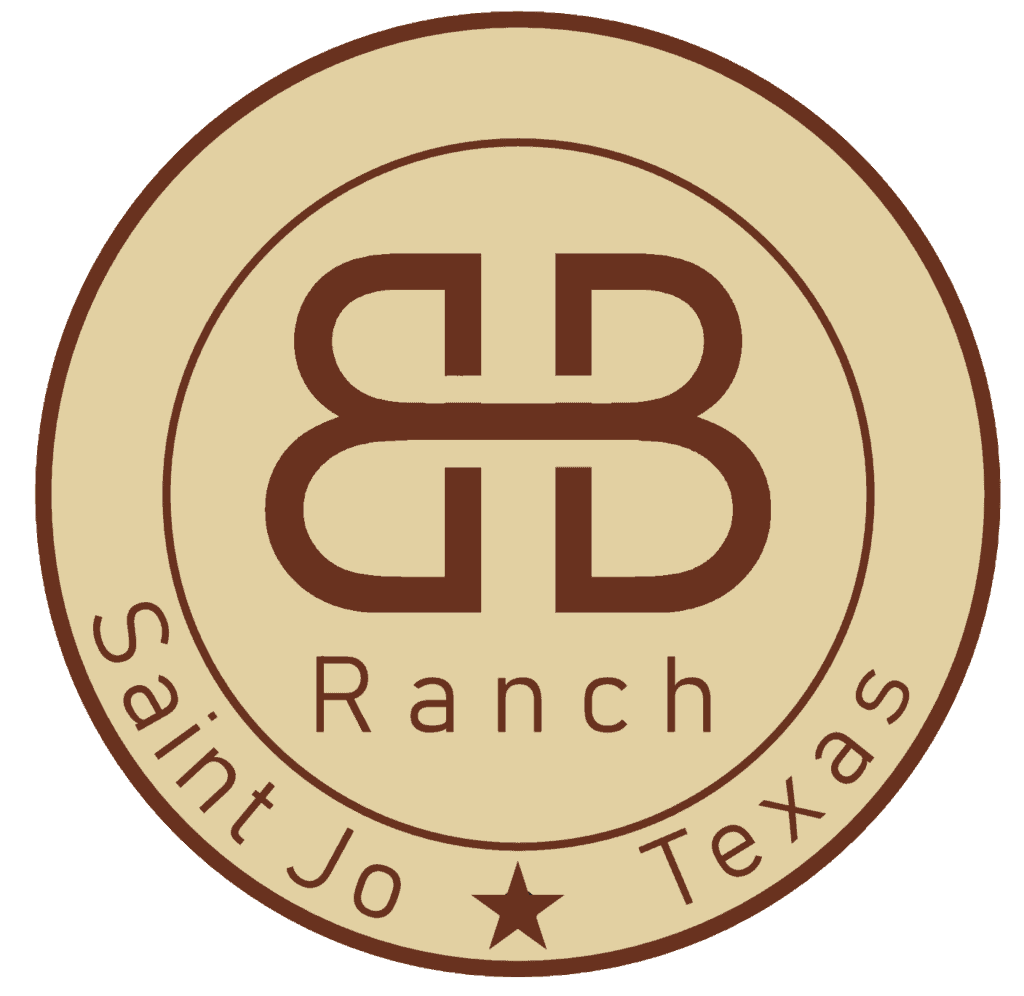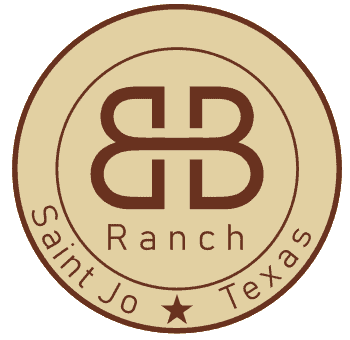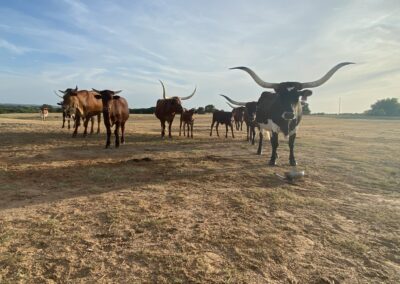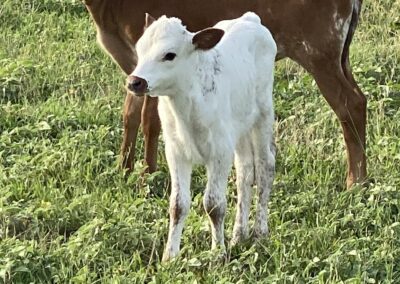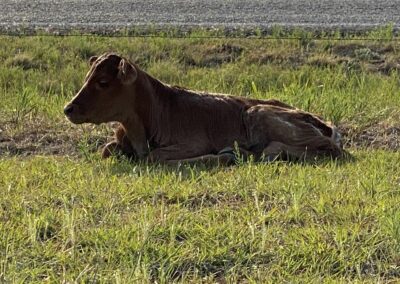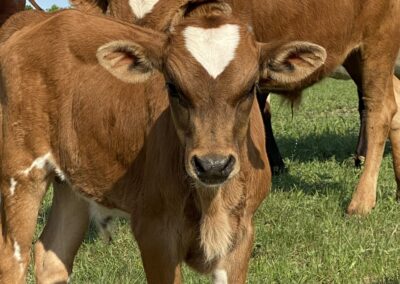The Barclay Bonita Ranch
Texas Longhorn CattleTexas Longhorn Cattle – The Barclay Bonita Ranch
Our beautiful 136 acre ranch sits nestled just south of the Red River in Montague County, where native grass and yearly rain are often plentiful. We invite anyone interested in purchasing from our Sale Barn to inspect our resident cows and heifers.
All longhorns sold from our ranch have had sires carefully selected and each cow of heifer has been artificially inseminated. This produces the highest quality offspring.
Texas Longhorn History
The Texas Longhorn derives from cattle brought to the Americas by the Spanish from around 1493 until about 1512. The first cattle were landed in 1493 on the Caribbean island of La Isla Española (now known as Hispaniola) to provide food for the colonists.
Over the next 200 years, the Spaniards used the cattle in Mexico and gradually moved them north as they expanded their settlements. They reached the area that became known as “Texas” near the end of the 17th century. Some cattle escaped or were turned loose on the open range, where they remained mostly feral for the next two centuries. Over several generations, descendants of these cattle developed to have high feed- and drought-stress tolerances and other “hardy” characteristics that have given Longhorns their reputation as livestock.
Early Anglo-American settlers in East Texas, then a part of Mexico, obtained feral Mexican cattle from the borderland between the Nueces River and the Rio Grande. They bred them with their own eastern cattle. The result was a tough, rangy animal that was characterized by its long legs and exceptionally long horns that sometimes extended up to 7 feet.
As Texas became more densely settled, the frontier was developed for crop farms and ranch lands. The leaner beef of the Texas Longhorn was not as attractive in an era where tallow was highly prized. The breed’s ability to survive on the sparse vegetation of the open range was not as important as the range was enclosed. Other breeds demonstrated traits more highly valued by the modern rancher, such as the ability to gain weight quickly for marketing as beef.
The Texas Longhorn population slowly dwindled, but in 1927, the breed was saved from near extinction by enthusiasts from the United States Forest Service. They collected a small herd of stock to breed in Lawton, Oklahoma on the Wichita Mountains Wildlife Refuge. The breed also received attention after a Texas Longhorn named “Bevo” was adopted as the mascot of The University of Texas at Austin in 1917. The animal’s image became commonly associated with the school’s sports teams, known as the Texas Longhorns. A few years later, J. Frank Dobie and others gathered small herds to keep in Texas state parks. Oilman Sid W. Richardson helped finance the project.
The Longhorns were cared for largely as curiosities, but the stock’s longevity, resistance to disease, and ability to thrive on marginal pastures resulted in a revival of the breed as beef stock and for their link to Texas history.
In 1957, Charles Schreiner III began developing a Longhorn herd on his YO Ranch in Mountain Home, Texas. He did so as a tribute to the ranching legacy of his grandfather, Captain Charles Armand Schreiner, and the Longhorns he ran on his ranches.
Schreiner purchased five heifers and one bull calf for $75 each from the Wichita Mountains Wildlife Refuge. In 1964, Schreiner founded the Texas Longhorn Breeders Association of America. The YO herd was the first cattle registered with the association.
To draw attention to the Longhorn and its new association, in 1966, Schreiner organized a cattle drive of Longhorn steers from San Antonio, Texas to Dodge City, Kansas. The drive was promoted as a centennial commemoration of the earlier Chisholm Trail drives. Schreiner arranged for local members of the Quanah sheriff’s posse to stage a simulated “Indian attack” as the steers crossed the Red River at Doan’s Crossing. The attack was so authentic that the steers stampeded with cowboys in close pursuit. Four hours were needed to reassemble the herd. In 1976, Texas Tech University in Lubbock persuaded Schreiner to stage a cattle trail drive to celebrate its new National Ranching Heritage Center.
In 1995, the Texas Legislature designated the Texas Longhorn as the state large mammal. These days, Texas Longhorns from pure bloodlines can sell for $40,000 or more at auction. The record of $380,000 was set in 2017 for a cow, 3S Danica, and heifer calf at side, during the Legacy XIII sale in Fort Worth, Texas.
Key Registries for the breed include: the Texas Longhorn Breeders Association of America, founded in 1964 by the Kerr County rancher Charles Schreiner III; the International Texas Longhorn Association; and the Cattlemen’s Texas Longhorn Registry. The online National Texas Longhorn Museum displays the diversity of horns found in the breed, stories about notable individual cattle of the breed, and a gallery of furniture made from cattle horns.
Contact Barclay Bonita Ranch
I invite anyone interested in buying Texas Longhorn Cattle to contact me for information on any animals shown on my website or just to learn more about the breed. I can help you get a head start with your Longhorn cattle program to take it to where you want to go without having to go through common starts and stops.
Member of Texas Longhorn Breeders Association of America and
Texas & Southwestern Cattle Raisers Association
At Barclay Bonita Ranch, our mission is to raise the best Texas Longhorn cattle with beautiful color, correct conformation, and long, heavy based horns.
Barclay Bonita Ranch
Saint Jo, Texas
